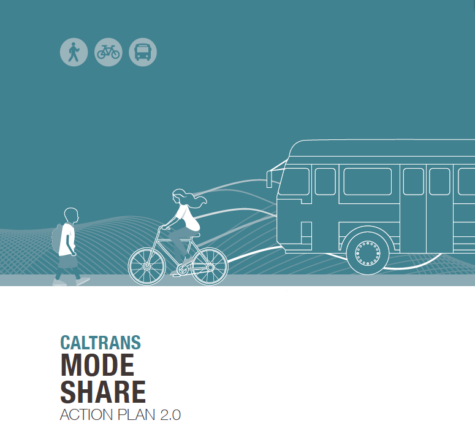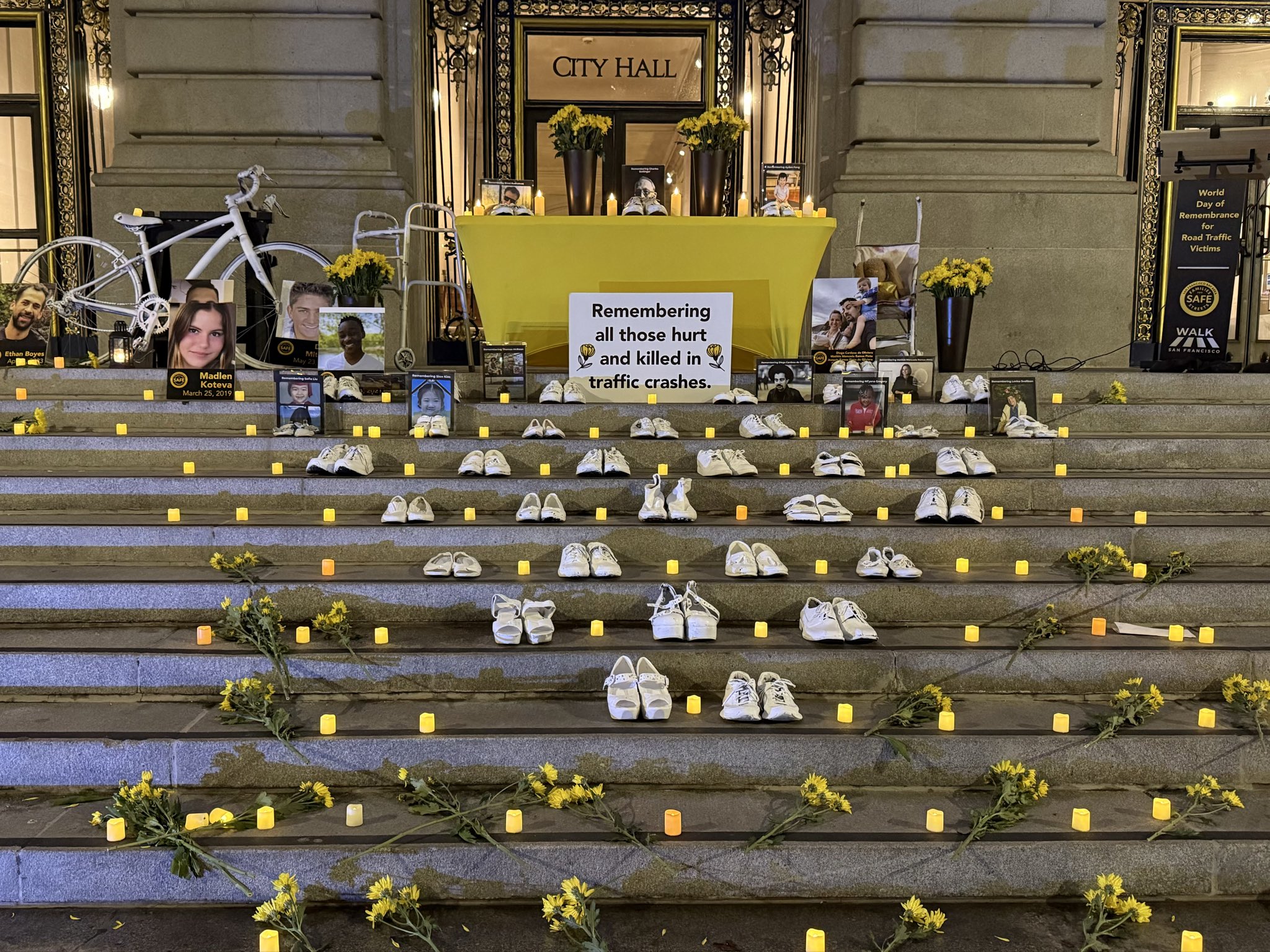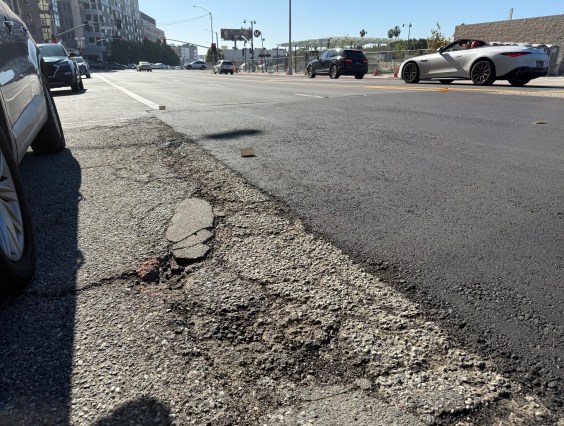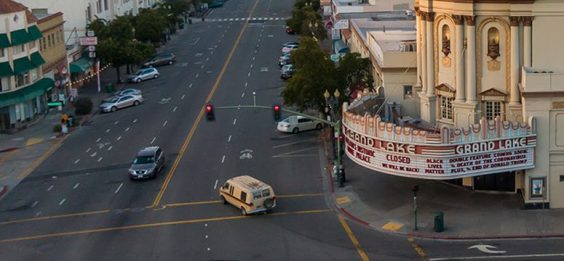Over the past six years or so, Caltrans has been shifting its focus from facilitating convenience and speed of vehicle traffic towards the safety of all users, but the change has been slow. So slow, in fact, that its 2015 goal of tripling biking and doubling walking and transit trips by 2020 is nowhere near being met.
That's the problem with stating an ambitious goal without having any idea how to reach it - and then leaving it for someone else to figure out.
That's not to say there has been no progress at all. In the years since that strategic goal was declared, work has been done to identify what needs doing and who needs to do it. Outside pressure from last year's S.B. 127, which wasn't even signed into law, helped. The bill's passage in both the Assembly and the Senate made it clear that its issues have to be taken seriously. New Caltrans director Toks Omishakin, appointed after Governor Newsom vetoed S.B. 127, has frequently stated publicly that his top priority is the safety of people using state highways, and he means everyone, not just people in vehicles. Pressure from advocates to include all modes in state-funded transportation projects pushed Caltrans to (try to) be transparent about what complete streets elements - bike lanes, crosswalks, sidewalks, and the like - are included in road repair projects. And last month Caltrans requested, and received, a special funding reserve of $100 million to add complete streets elements to ongoing highway projects.
And a few days ago Caltrans released an updated Mode Share Action Plan, which includes a new list of priority actions focused on making biking and walking viable, safe modes of travel throughout the state. These include working with its twelve districts to identify projects that would receive some of the $100 million reserve, establish an active transportation office within Caltrans, develop performance targets, help guide public engagement, complete Active Transportation Plans for each of the twelve districts, and update training for Caltrans engineers and planners on new complete streets requirements.
The priority list, at the top of the Mode Share Action Plan [PDF], is part of the department's Strategic Management Plan, which is itself undergoing an update since it was created in 2015.
That plan is another step towards figuring out how to reach those goals to shift trips towards more sustainable, active modes.
Director Omishakin, in the plan's introduction, highlights the new priorities, which were "developed to go above and beyond those that were previously identified to implement active transportation at Caltrans."
"We remain committed to all the good work that is ongoing and has already taken place across our Department to help advance biking and walking," he writes. The new priority actions are called out "both to elevate the new actions underway, as well as to recognize our ongoing commitment to the many other actions outlined in the [plan]."
Of course, a plan is only a plan until the actions in it are actually taken. Director Omishakin has said he wants this update to be available to the public so Caltrans can be held accountable to following through on it. That means advocates have their work cut out for them. In particular, actually working on realistic mode shift goals - not just naming them and hoping for the best, as was done previously - will need active engagement by people who know and understand the goals, and who will call the department out when they are not being met.
One suggested place for Caltrans to start would be on better communication. Although the department released this press release the other day, what it referred to was not at all clear. Even if Streetsblog were willing to just reprint it verbatim, its message is not clear, and there's no direct reference or link to this plan, its updates, its goals, and why it matters to the media and to the public.






